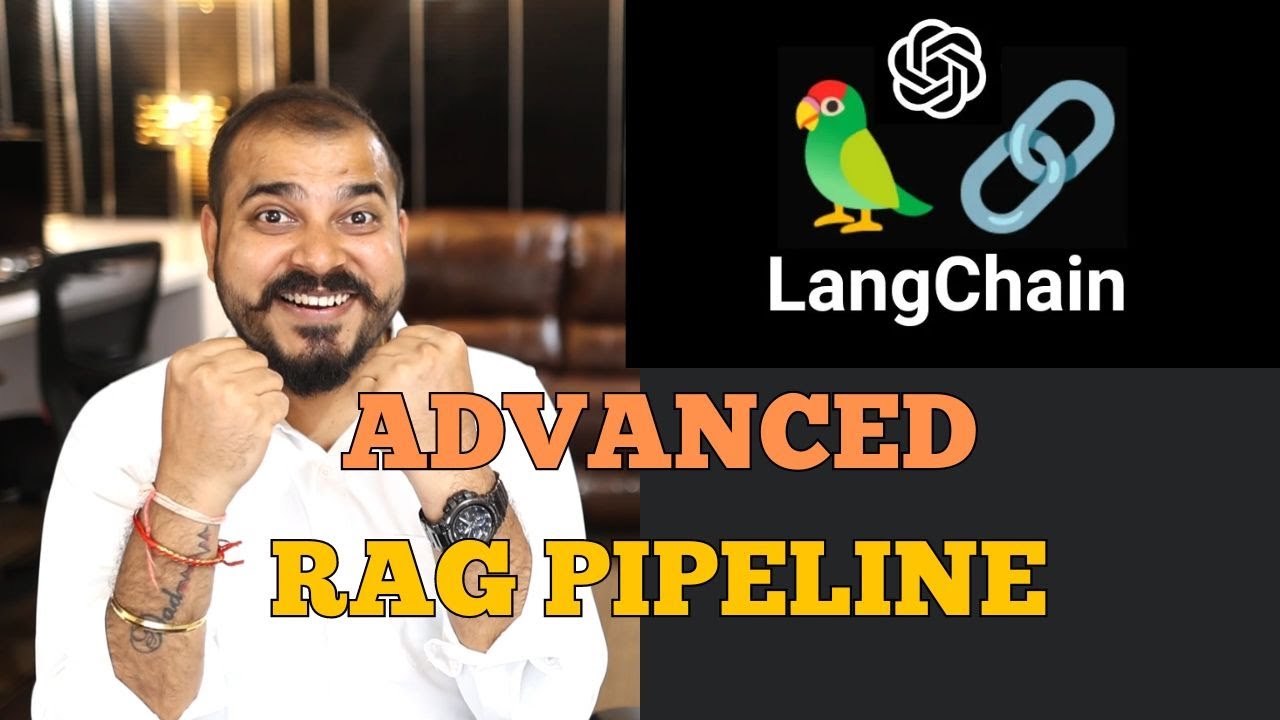Introducing Llama 3.1: Meta's most capable models to date
Summary
TLDRIn this video, Krishak introduces 'Llama 3.1', Meta's latest open-source AI model, which rivals industry's paid models with its multimodal capabilities in text and image generation. The model, available in three variants, expands contextual understanding to 128k tokens and supports eight languages. Viewers are shown how to access and utilize Llama 3.1 via platforms like Hugging Face and Gro, and are informed of its competitive performance in benchmarks against other AI models. Krishak also discusses the model's fine-tuning process and encourages viewers to explore his courses on machine learning and generative AI for a deeper dive.
Takeaways
- 😀 Krishak introduces his YouTube channel and his work on affordable courses in Udi, focusing on machine learning, deep learning, NLP, and generative AI.
- 📚 He discusses the recent launch of the 'Llama 3.1' model by Meta, highlighting its capabilities as a highly competitive open-source model in the industry.
- 🔢 Llama 3.1 comes in three variants with parameter sizes of 4.5 billion, 7 billion, and 8 billion, showcasing Meta's progression from the previous Llama 3 model.
- 🎨 The model's multimodal capabilities are demonstrated through its ability to create animated images, such as a dog jumping in the rain, showcasing its versatility in text and image generation.
- 🌐 The script mentions the model's support across eight languages and its expansion to a contextual window of 128k tokens, emphasizing its advanced language capabilities.
- 🏆 Llama 3.1 is positioned as a leader in open-source AI models, with performance benchmarks that compare favorably to paid models like GP4 and Cloudy 3.5.
- 🤖 The model architecture is briefly described, indicating the use of an encoder with self-attention and feed-forward neural networks, which is typical in transformer models.
- 🔧 Krishak discusses the fine-tuning process for Llama 3.1, mentioning techniques such as supervised fine-tuning and direct preference optimization to improve the model's performance.
- 💻 The availability of Llama model weights for download is highlighted, allowing developers to experiment and work with the model, though with considerations for the costs associated with inferencing.
- 🌐 The integration of Llama 3.1 with cloud platforms like AWS, Google Cloud, and Nvidia's platform is noted, providing various services and capabilities for developers.
- 📈 The script concludes with an invitation to check out Krishak's courses, which are updated regularly and cover topics relevant to the advancements in AI and machine learning discussed.
Q & A
What is the main topic of Krishak's YouTube video?
-The main topic of Krishak's video is the introduction and discussion of the newly launched open-source AI model, LLaMA 3.1, by Meta.
What are the different variants of the LLaMA 3.1 model mentioned in the video?
-The video mentions three variants of the LLaMA 3.1 model: one with 4.5 billion parameters, another with 7 billion parameters, and the last one with 8 billion parameters.
How does Krishak describe the capabilities of the LLaMA 3.1 model?
-Krishak describes the LLaMA 3.1 model as highly capable, offering strong competition with paid models in the industry, and being able to handle text and images effectively.
What is the significance of the 128k tokens contextual expansion in the LLaMA 3.1 model?
-The 128k tokens contextual expansion allows the LLaMA 3.1 model to process a larger amount of context, which is crucial for understanding and generating more complex and detailed responses.
How many languages does the LLaMA 3.1 model support?
-The LLaMA 3.1 model supports eight languages.
What is the role of the platforms mentioned in the video, such as Hugging Face and Google, in relation to AI models?
-Platforms like Hugging Face and Google provide infrastructure and services for hosting, deploying, and inferencing AI models, making them accessible for various applications.
What is the purpose of the 'Gro' platform mentioned in the video?
-The 'Gro' platform is used for real-time inferencing of AI models, allowing users to quickly get responses and interact with the models without the need for local deployment.
How does Krishak evaluate the performance of the LLaMA 3.1 model compared to other models?
-Krishak evaluates the performance of the LLaMA 3.1 model by comparing its accuracy and capabilities with both paid and open-source models like GP4, GP4 Omni, and Cloudy 3.5.
What fine-tuning techniques were used for the LLaMA 3.1 45 billion variant?
-For the LLaMA 3.1 45 billion variant, supervised fine-tuning, resist sampling, and direct preference optimization techniques were used to improve its helpfulness, quality, and instruction-following capabilities.
What are some of the cloud services and platforms that Krishak mentions as supporting the LLaMA 3.1 model?
-Krishak mentions cloud services and platforms such as AWS, Nvidia, Google Cloud, Snowflake, and Dell that support the LLaMA 3.1 model, offering services like real-time inferencing and model evaluation.
How can viewers access and learn more about the AI courses offered by Krishak?
-Viewers can access and learn more about Krishak's AI courses by using the coupon code provided in the video description and visiting the courses' page, which is mentioned to be in the best-selling mode.
Outlines

This section is available to paid users only. Please upgrade to access this part.
Upgrade NowMindmap

This section is available to paid users only. Please upgrade to access this part.
Upgrade NowKeywords

This section is available to paid users only. Please upgrade to access this part.
Upgrade NowHighlights

This section is available to paid users only. Please upgrade to access this part.
Upgrade NowTranscripts

This section is available to paid users only. Please upgrade to access this part.
Upgrade NowBrowse More Related Video

Step-by-Step Guide to Building a RAG LLM App with LLamA2 and LLaMAindex

5-Langchain Series-Advanced RAG Q&A Chatbot With Chain And Retrievers Using Langchain

New Llama 3 Model BEATS GPT and Claude with Function Calling!?

Phi-3-mini vs Llama 3 Showdown: Testing the real world applications of small LLMs

Announcing LlamaIndex Gen AI Playlist- Llamaindex Vs Langchain Framework

Detailed Prerequisites To Start Learning Agentic AI With Free Videos And Materials
5.0 / 5 (0 votes)